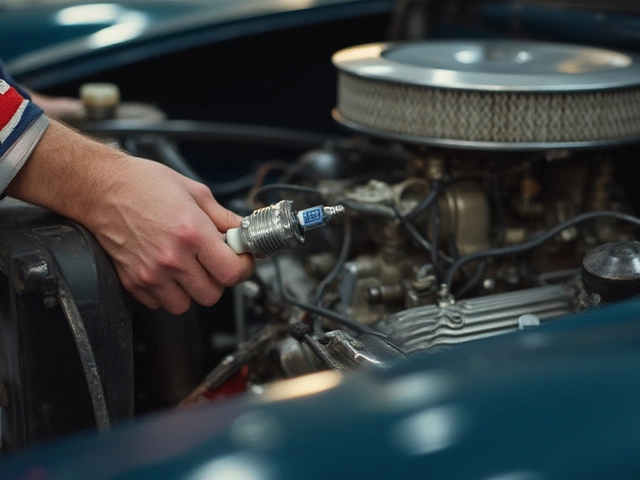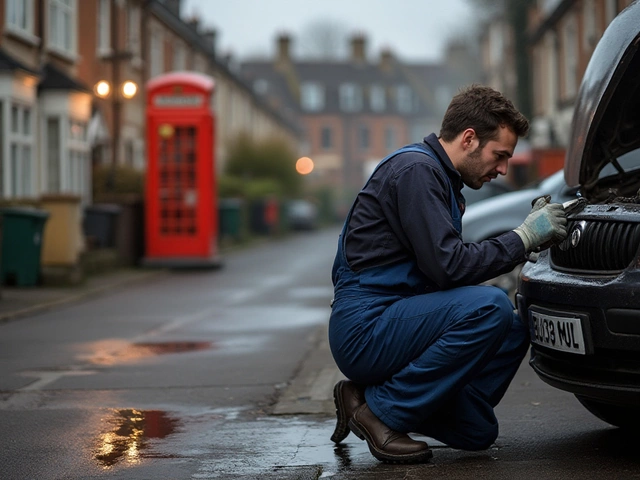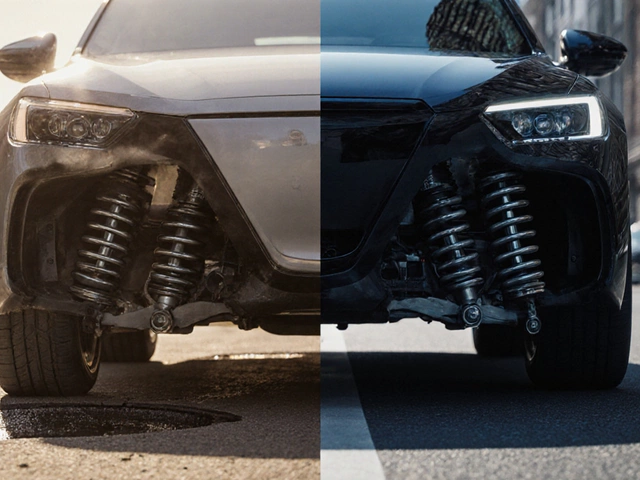HVAC Tips: Simple Steps for Cleaner Air and Better Performance
Ever wonder why your AC seems to work harder on hot days? Chances are the filter is clogged. A dirty filter forces the fan to push air through more resistance, which drops efficiency and spikes your bill. The good news? Swapping or cleaning the filter is one of the easiest things you can do to keep your system happy.
How often should you change your filter?
There’s no one‑size‑fits‑all answer, but a solid rule of thumb is every 30 to 90 days. If you have pets, a dusty home, or live in a high‑pollen area, lean toward the 30‑day mark. For a typical family home with low traffic, a 60‑day schedule works well. You’ll know it’s time when you notice reduced airflow, a louder fan, or a musty smell.
Many newer HVAC units have a filter indicator light. Don’t ignore it – it’s a reminder that the filter is breathing harder than it should. If you’re not sure which schedule fits you, write the next change date on the filter frame. A quick glance each month will keep you on track.
Choosing the right filter for your system
Filters come in a range of MERV ratings. MERV 1‑4 is basic and cheap, good for large particles like dust. MERV 5‑8 catches finer dust, pollen, and mold spores – a solid middle ground for most homes. MERV 9‑12 grabs even smaller allergens, while MERV 13‑16 targets bacteria and some viruses. Going higher than what your system recommends can restrict airflow and strain the motor.
Check your HVAC manual or look for a label near the filter slot. It usually lists the maximum MERV rating you can safely use. If you’re unsure, a MERV 8 or 11 is a safe bet for most residential units.
Premium filters promise better performance, but they also cost more. If you’re battling asthma or severe allergies, the extra expense can pay off in comfort. Otherwise, a standard high‑efficiency filter does the job without overworking the system.
Beyond rating, consider filter size. A filter that’s too small forces air around the edges, reducing effectiveness. Measure the height, width, and depth of the existing filter before you shop. Most hardware stores stock common sizes, and many online retailers let you filter by dimensions.
When you install a new filter, make sure the arrows on the frame point toward the blower motor. Reversing it can push dirty air back into the ducts, undoing all your effort.
Whole‑house filters are a bigger investment but can protect all the equipment in your HVAC system. They sit at the main return vent and catch large particles before they reach the furnace or AC. Replace these filters every 6‑12 months, depending on usage and indoor air quality.
Finally, keep an eye on your energy bill. A sudden jump often signals the system is working harder – a clue that the filter needs attention. Pair regular filter changes with a quick visual check of the coils and ducts, and you’ll extend the life of your HVAC unit and breathe easier at home.
Bottom line: pick a filter the right MERV rating for your unit, stick to a change schedule that matches your home’s conditions, and always install it correctly. A few minutes each month can save you dollars, prevent breakdowns, and keep the air you and your family breathe fresh.
 29 April 2025
29 April 2025
How Long After Changing the Air Filter Will AC Work? Quick Results Explained
Ever swapped out your AC air filter and wondered when you’ll feel the difference? This article breaks down exactly how fast your AC reacts after a filter change, signs it’s working, and tips for making the most of your fresh filter. You’ll learn how your system benefits and what to expect, plus a few mistakes to avoid. With easy, practical tips, you’ll keep your AC running smoothly and your air feeling fresh.






0